Chinese Puzzle
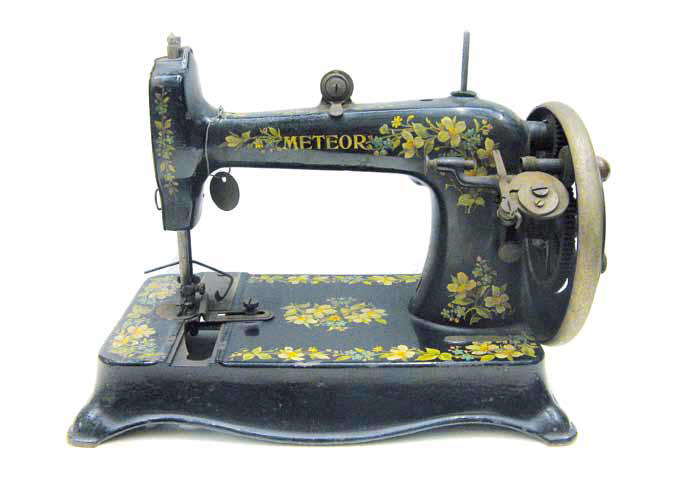
The Meteor is a modest, three-quarter size, square-edged, 'high' arm, vibrating shuttle machine with an integral cast iron base, from the turn of the 19th/20th centuries.
It has a large, Saxonia-style handwheel, with exposed internal gearing, and its tension discs mounted above the arm (see above). I saw it in the collection that came from the Singer Clydebank factory when it closed in 1980, now in the care of West Dumbartonshire Libraries and Museums.
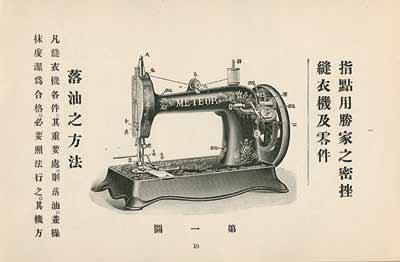
Fig. 1: a page from the Meteor manual. It bore the Wheeler & Wilson trade mark on the cover.
Irritatingly, no-one can be sure why Singer had kept any of these machines (could have been for reverse engineering, for historical record, for use in patent litigation, for keeping an eye on the competition, who knows?).
Here, it was amongst an strikingly large number of unidentified German High Arms yet, somehow, it looked more American – and about as far from a Singer, stylistically and philosophically, as was possible.
The Meteor, with its pretty floral decals, first caught my attention during research on the Smithsonian website for a Wheeler & Wilson article elsewhere in this issue. Amongst their W&W catalogues and trade paraphernalia, they listed a manual, in Chinese, for the Meteor (fig. 1).

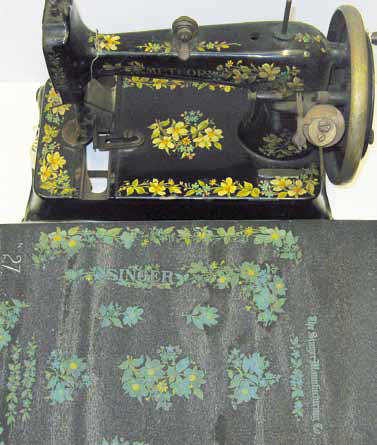
Fig. 2 (top): a later Meteor with Singer handcrank and hinge fittings. Its decals are listed as Singer
transfer sets #305 and #306
Fig 3 (above). The Meteor decals - listed by Singer as Transfer set #27.
Hm... I'd never seen reference to such a machine like that coming from Bridgeport. Maybe it was an economy model, possibly for export only. If so, it naturally wouldn't have been recorded in catalogues for domestic markets. No mystery there.
While cataloguing the last of the 800 Clydebank machines for the museum's database recently, Curator, Laura MacCalman, revealed they had three Meteors, plus another almost identical machine called Comet. Three examples seemed a lot. The collection, for example, only had one 221; in fact, 'only one' of most 20th century models.
What could have been Singer's interest in this machine, which was so different to anything that company produced?
Judging from its (even then) 'oldfashioned' style and mechanisms, it wouldn't have been to copy, or to crib new insights from. Singer, of course, eventually acquired Wheeler & Wilson – maybe they inherited the Meteor in 1905?
And we know that Singer used to claim it never made machines under other names. (I'm ignoring the much more recent Merritt/Capri nonsense - it's usually best to – and that was done openly). One can see sense in the policy; such practice could have been detrimental to the high market status the company had worked so hard to achieve. Granted, on my first Clydebank visit (see ISMACS News #104), we'd already discovered the Singer-produced Hexagon machines, but we'll let that pass. We'll get to them in the next issue.
Laura, who is blessed with a curator's cataloguing mind and the eagle eye of an archaeologist, then made an inspired connection.
"I've seen those same decals somewhere else..."
And produced a copy of the same Meteor decals set, clearly produced by Singer (fig 2).
It was dated March 1904, but also there were some Wheeler & Wilson decals labelled 1907. That is as close we could get. 1904 seems just too early for Singer to be producing anything for W&W.
What was most surprising were two more decals sets she showed me; one with identical floral motifs but with the word Singer in place of Meteor, made for the class 27 (fig. 4), and another with colour variations in the flowers (fig. 3). This (presumably) later Meteor showed a development towards the more familiar Singer hand crank and away from the moulded bases (fig. 5). The hinge fittings were now compatible with Singer's cases. None bore a serial number, despite having a raised area clearly machined for one.
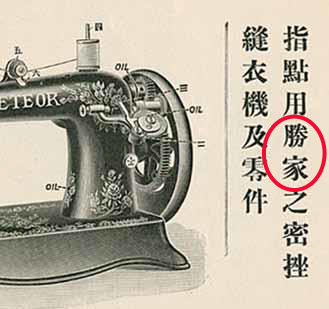
Fig. 4: the tell-tale characters confirming the Singer connection.
And what about that Chinese manual in the Smithsonian W&W section? Here, I must thank the gracious Mrs Li, my local pharmacist, who confirmed that the text largely describes the importance of oiling, etc. but, halfway down the right-hand side, two characters proclaim the manufacturer (fig. 4). The lower says 'Singer' and the other, Mrs Li explained, was a clever use of the word 'family' to infer 'winning', or 'victory'. "Singer Family machines: the best" could be one interpretation. Or "Singer - for winning families" – their puns work just like ours.
To be surprised at Singer making machines that I'd never heard of, at the other side of the world, merely illuminates my ignorance. However, the usual company practice for large territories was to build a factory there – steel is cheap if you don't have to move it far. Perhaps China posed different problems and exporting a limited range of machines there was best. But, even then, Singer had a great track record with such decisions.
The characters are in an international form of Chinese - readable by speakers of all the associated languages and dialects - so it's not possible to tell exactly where the Meteor was destined. Possibly mainland China, or Hong Kong, or other Chinese-speaking outposts – maybe even downtown Chinatown.
~John Langdon
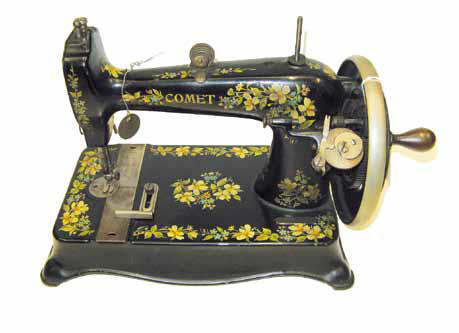
Fig.5: the identical Comet.The decals are listed by Singer for a class 27 (1904)
With help from Laura MacCalman,
West Dumbartonshire Libraries and Museums
and Mrs Li.






